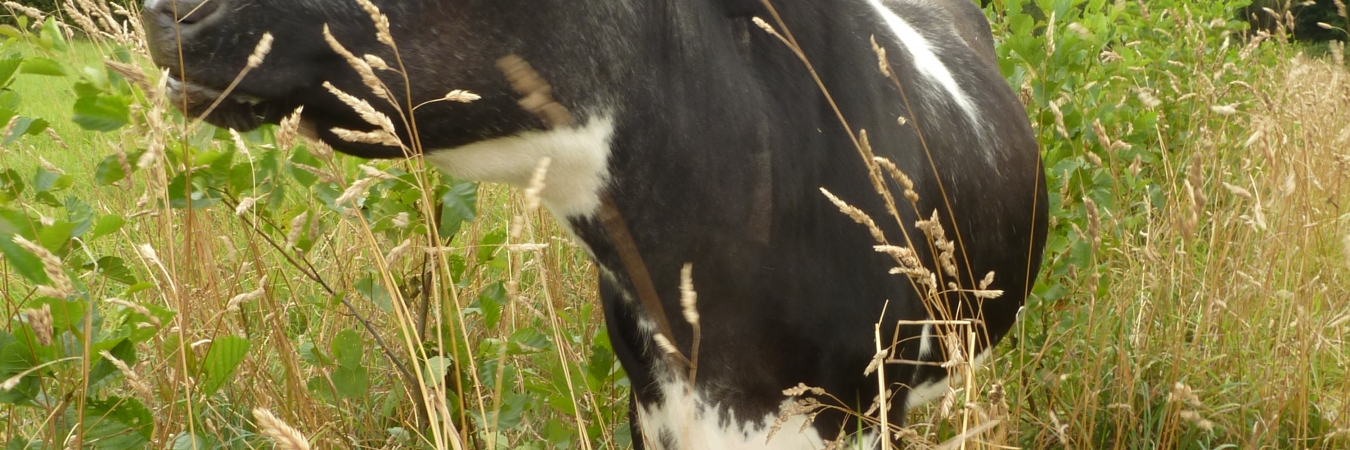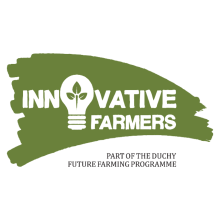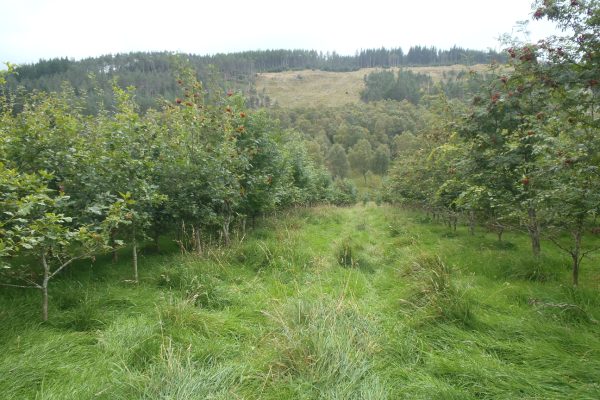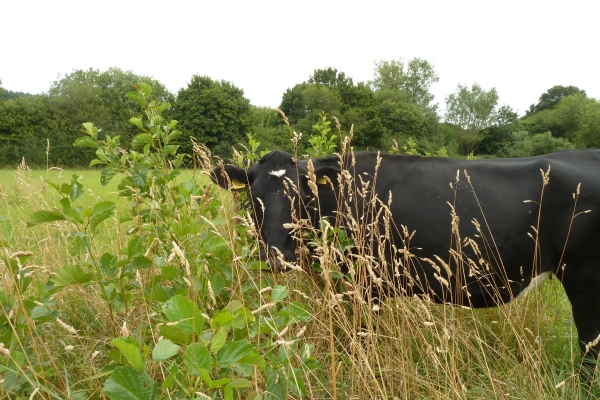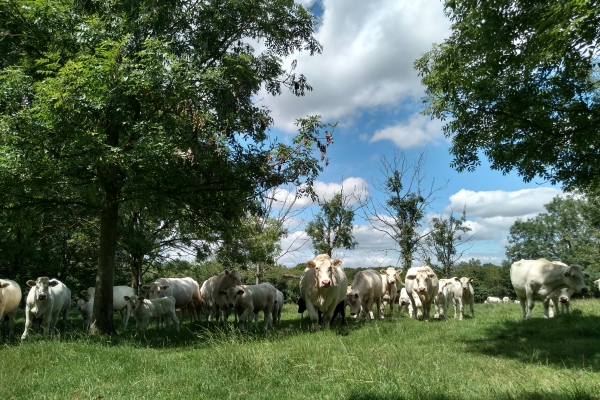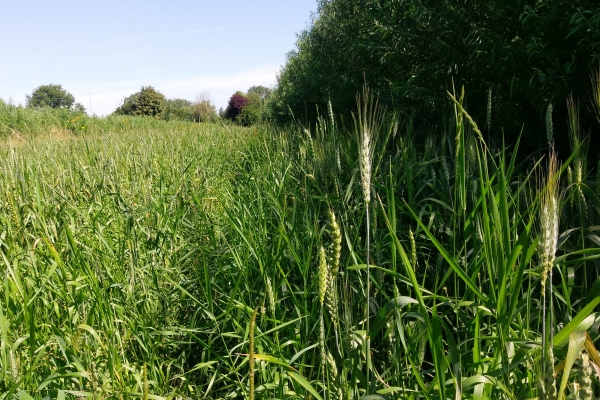Three silvopasture tree planting designs to suit your farm
Silvopasture for livestock, biodiversity and soil health field lab
Resource explained
Seven farmers in Devon, UK, are integrating trees with livestock on their farms and monitoring the impact on livestock behaviour, biodiversity and soil health metrics as part of a 12-year field lab through the Innovative Farmers programme, involving The Woodland Trust, Organic Research Centre, Rothamsted Research and FWAG SW. The planting systems will be a mixture of cluster planting, regular spacing and shelterbelts. FWAG SW and The Woodland Trust have worked with the farmers to design planting systems. Each design has been chosen to suit the grazing requirements of the farmers as well as fitting into the natural environment surrounding the chosen fields. Over 5+ years, the farmers will monitor tree establishment and factors affecting this i.e fencing, wildlife, livestock interactions and using decoy rubbing posts and ‘sacrificial willow’ to distract livestock from protected trees and shrubs. The aim is to provide the first ever set of long-term data practically grounded in the reality of commercial farms. This page links to information detailing designs of farmers Hen Curtis, Henry Andrews, and Seb Powell and Freya Meredith.
Findings & recommendations
- Farmers are looking for clear evidence of a potential return on investment to help justify the significant financial commitment to turn pasture over to silvopasture.
- Organic livestock farmer Hen Curtis needed a design which was compatible with her grazing plan and provided benefits in terms of shade, shelter and nutrition. The ‘living barns’ concept has been developed to create zones of tree shelter that livestock can choose to access directly. The taller trees naturally reduce exposure to sun, rain and wind, the lower offer a source of nourishment and nutrition.
- Conventional beef farmer Henry Andrews is trialling regular spaced agroforestry strips to provide dappled shade and scattered shelter. The strips are fenced off so he can create a paddock system while the trees establish themselves. After then, the fence orientation will be changed so the paddock system runs through the tree strips. This will allow the cattle to browse across the tree strips and have access to fodder and nutrition while maintaining the mob grazing system.
- Seb Powell and Freya Meredith are trialling an open grazed clustered wood pasture design on their dairy farm. They wanted to convert a sloped field providing scattered shelter throughout the field so that it can be used all year round and trees could provide a source of nutrition, medicine, and intestinal parasite control. The design is based on the principles of natural woodland succession.
This page is the first of many bits of advice and knowledge that will be harvested from the field lab. Find out more about the field lab and make sure you follow the research!
